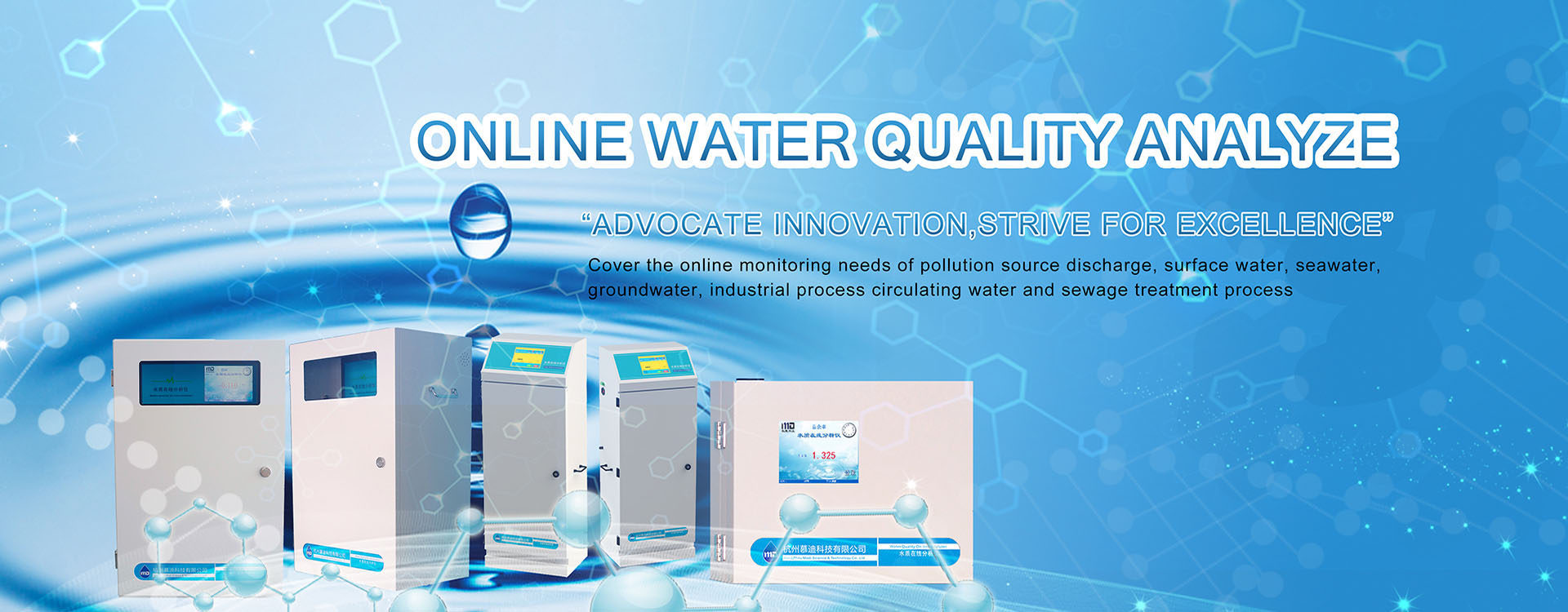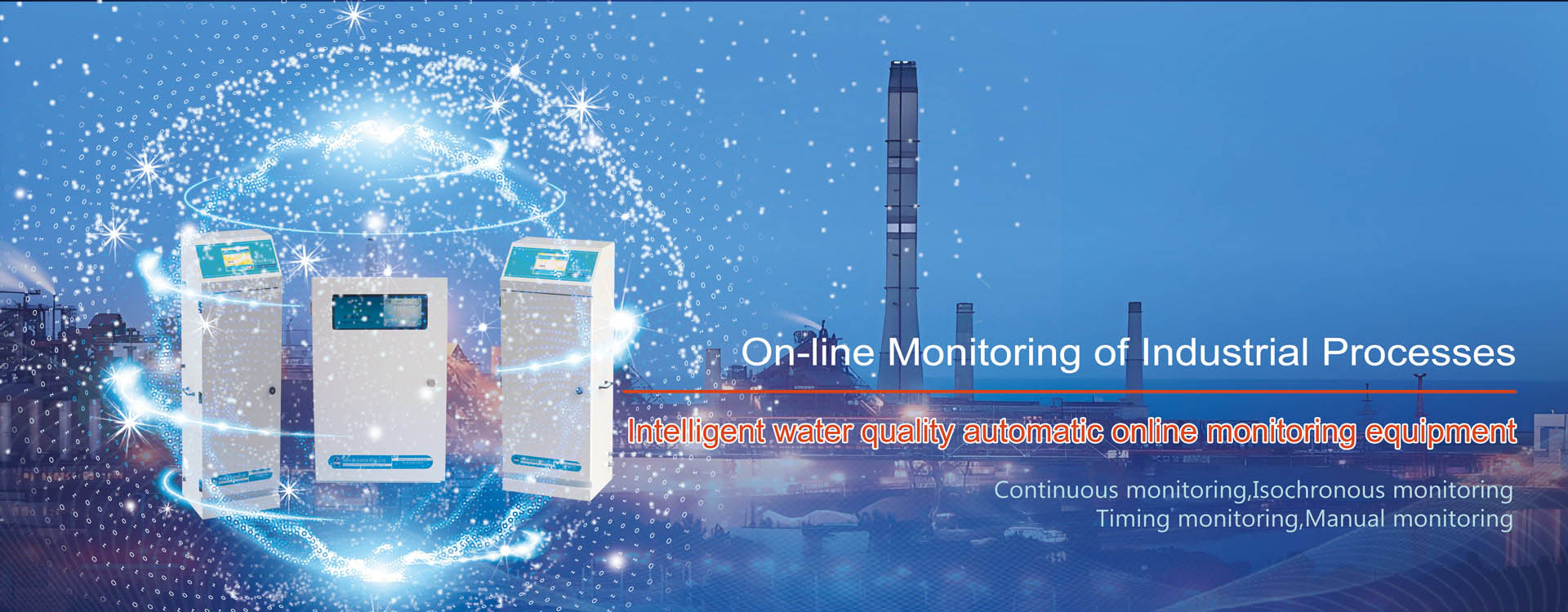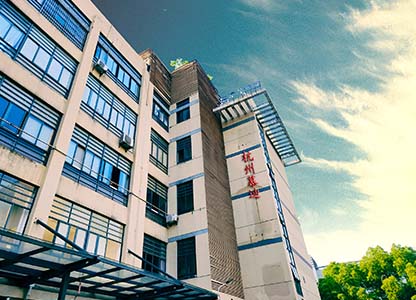Medical wastewater refers to the sewage discharged by hospitals to the natural environment or urban pipelines. The quality of the water varies with the nature of the hospital, the plan and the area in which it is located. The amount of sewage discharged per bed is about 200-1000L per day. The main pollutants contained in medical wastewater are: pathogens (parasite eggs, pathogens, viruses, etc.), organic matter, floating and suspended matter, radioactive pollutants, etc. The total amount of bacteria contained in untreated raw sewage is more than 10^8 /mL. It can be seen that it is very important to do a good job of water quality monitoring before discharge of medical wastewater!
The main detection indexes of medical wastewater treatment station include physicochemical index, biological pollution index and biological index.
1.Physical and chemical monitoring indicators include temperature, PH value, suspended matter, ammonia nitrogen, dissolved oxygen, biochemical oxygen demand, chemical oxygen demand and residual chlorine, etc.
2.Biological pollution mainly includes bacterial, viral and parasitic pollution. Commonly used representative indicator organisms as indicators;
3.Biological indicators mainly refer to coliform bacteria, but there are also indicators of other organisms (such as coliform bacteria, fecal streptococcus, etc.).
Hangzhou Modi water quality online monitoring instrument manufacturers have the supply of corresponding water quality online monitoring instruments, such as: total residual chlorine online analyzer, COD online analyzer, total phosphorus/total nitrogen online analyzer, water quality coliform online analyzer and other water quality online monitoring instruments!
Medical Wastewater Treatment and Monitoring Requirements
1.The effluent quality of the treated medical wastewater must meet the requirements of the “Medical Wastewater Discharge Code” and other provisions; The medical wastewater discharged into the above-ground water area must also meet the requirements of the “above-ground water Environmental Quality Code” and “Sewage induction and Discharge Code”.
2.The staying time of sewage in the septic tank should not be less than 36h.
3.When chlorination is used to disinfect sewage, the planned chlorination amount can be determined according to the following data: The planned chlorination amount of primary treatment effluent is generally 30~50mg/L; The planned chlorination amount of secondary treatment effluent is generally 15~25mg/L.
4.Sewage pretreatment specification: disinfection touch pool touch time ≥1h, touch pool outlet total residual chlorine 2-8mg /L.
5.When using chlorine-containing disinfectant for disinfection, the amount of residual chlorine at the water outlet should be monitored twice a day and registered records should be recorded.
6.Fecal coliform number shall be monitored not less than once a month, sampled every four hours, sampled at least three times a day, and its average ≤5000cfu/L shall be considered qualified.
7.Salmonella shall be tested at least once every quarter, and Shigella shall be tested not less than twice a year, and no pathogenic bacteria shall be detected.
8.pH value should be monitored not less than twice a day, COD and SS should be monitored once a week, and other pollutants should be monitored at least once a quarter. For each target, see the Discharge Code for Water Pollutants in Medical Institutions (2006-01-01).
Common Primary Problems in Sewage Treatment Monitoring
1.The number of hospital patients is wavering, the discharge of sewage is also wavering, and the punctual and quantitative drug dosing machine cannot adjust the dosage according to the increase or decrease of the discharge of sewage in time, and the lag of the operation of full-time personnel and many other aspects lead to problems such as unqualified chlorine and excessive coliform number in the discharge of medical wastewater;
2.The chemicals used are strongly corrosive, and long-term use is very simple to lead to the damage of the pipeline and lead to the discontinuation of the drug delivery unit, even if the full-time staff uses water to flush the pipeline on time, it only extends the corrosion resistance of the pipeline, and cannot fundamentally solve the problem. If the logistics department cannot repair in time, resulting in direct discharge of sewage without disinfection, although the number of attacks is very small, there are still attacks.
3.Due to the complex operation of the sewage treatment center, the daily and monthly demand for testing data is also more, the monthly environmental hygiene sampling is three samples a day, and the cooperation between the sewage full-time staff is particularly important, the daily working ideas of the full-time staff should be clear, otherwise the operation is very simple to lose.




